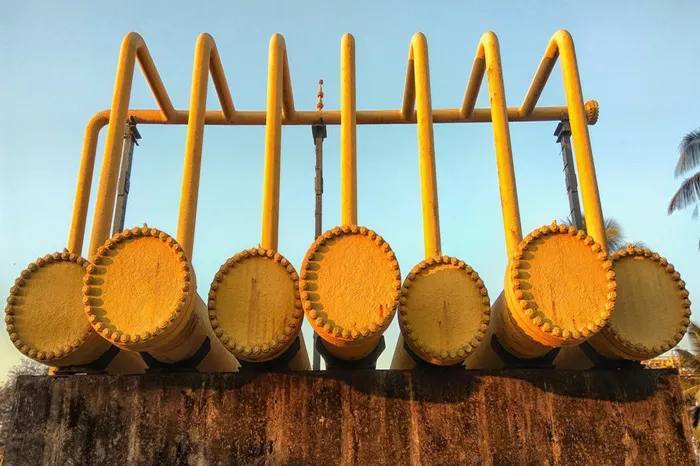India’s crude oil production in August experienced a year-on-year decline of 3.4%, totaling 2.4 million metric tons, or approximately 17.6 million barrels. This reduction was mirrored in fuel production, which saw a more modest decrease.
The majority of the crude output came from the Oil and Natural Gas Corporation (ONGC), the state-owned enterprise, which contributed 1.6 million tons. Additionally, crude oil processing across the country fell by 1.9% year-on-year to 21.5 million tons.
In response to dwindling domestic production, India’s crude oil imports surged by 6.4% in August, resulting in a 3.3% increase in oil imports during the April to August period, reflecting the nation’s expanding economy.
The value of oil and gas imports rose significantly from $9 billion in 2023 to $11.4 billion this year, driven primarily by higher imports of liquefied petroleum gas and lubricants.
As the world’s third-largest crude oil importer, India relies on imports for over 85% of its petroleum needs, a dependency that is expected to grow in tandem with its economy and refinery expansion plans. In recent years, India has emerged as a major buyer of discounted Russian oil, following sanctions imposed on Russian crude exports by Western nations. This trend aligns with India’s sensitivity to fluctuations in oil prices.
Petroleum Minister Hardeep Puri highlighted India’s pivotal role in future global energy demand, stating that the country is projected to account for 35% of the increase in energy consumption over the next two decades. Speaking at the Gastech conference in Houston, Puri noted, “If you say that global demand is increasing by one percent, ours is increasing by three times that.”
Moreover, Puri emphasized India’s commitment to an energy transition, expressing confidence in the country’s ability to succeed in achieving green energy goals: “We will manage and succeed…on the green transition. That’s the part with which I am most satisfied.”
Related topic:
How Is Diesel Fuel Made From Crude Oil?

